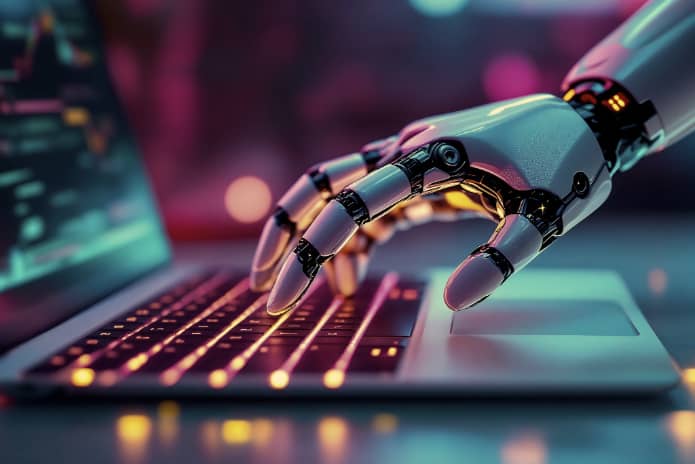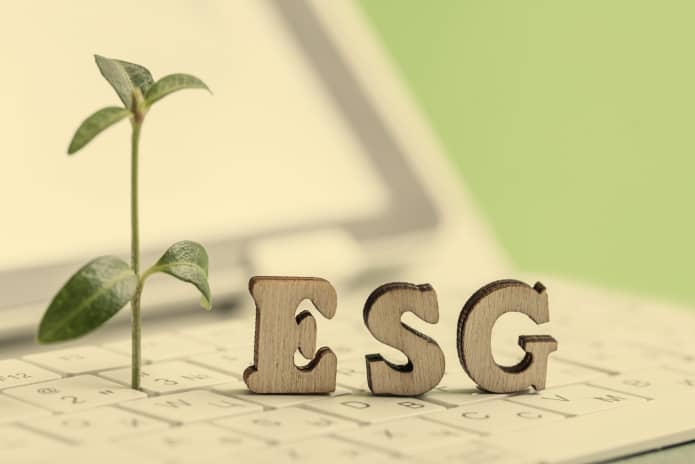Inventory management plays an important role in the success of pizzerias seeking to grow while maintaining the quality of supplies and minimizing waste. This area, often neglected, is one of the main responsible for ensuring that the operation functions efficiently and economically.
In Brazil, data from the Brazilian Association of Logistics (Abralog) reveal that up to 30% of food is wasted even before reaching the table, a concerning scenario for food industry businesses. For pizzerias in particular, the impact of poorly managed inventory can be significant, affecting operational costs and causing customer dissatisfaction. In this context, well-defined control and forecasting strategies become indispensable.
Daniel Lucco, CEO yesThe Brazier, which has just been included in the Guide of the Best Pizzeria Networks in the World by 50 Top Pizza and has also been awarded as the Best in São Paulo by Melhores da Gastronomia 2024, explains that inventory management needs to be strategic. "It is important to avoid excesses that result in losses and, at the same time, ensure that no input is missing. Centralizing operations is a key point in this process, as it allows for much more efficient control," he states.
At La Braciera, production is carried out in a central kitchen, where all ingredients are portioned and sent to the units according to demand. "This model ensures product standardization, optimizes costs, and guarantees quality, regardless of the number of stores," reinforces Lucco.
Another action taken by the company is the use of data to forecast demand and adjust inventory accurately. "We work with systems that analyze sales history and seasonal variables to anticipate the needs of each unit. With this, we drastically reduce waste and optimize cash flow," he says. Furthermore, Lucco emphasizes that keeping the inventory record updated and well-organized is a practice that allows for quick reaction to any fluctuation.
An essential pillar mentioned by the executive is strengthening partnerships with local suppliers. "We always prioritize fresh, high-quality ingredients, and by working with nearby producers, we ensure a more agile logistics. This directly reflects in the taste and the experience we deliver to the customer," highlights the CEO.
The inventory management model adopted by La Braciera not only prevented waste but also contributed to the exponential growth of the network. Since its founding in 2021, the company has moved from an initial operation to producing 20,000 pizzas per month. This approach established the brand as a reference in quality and efficiency in the sector, helping to reduce costs and promoting solid growth in a highly competitive market.











